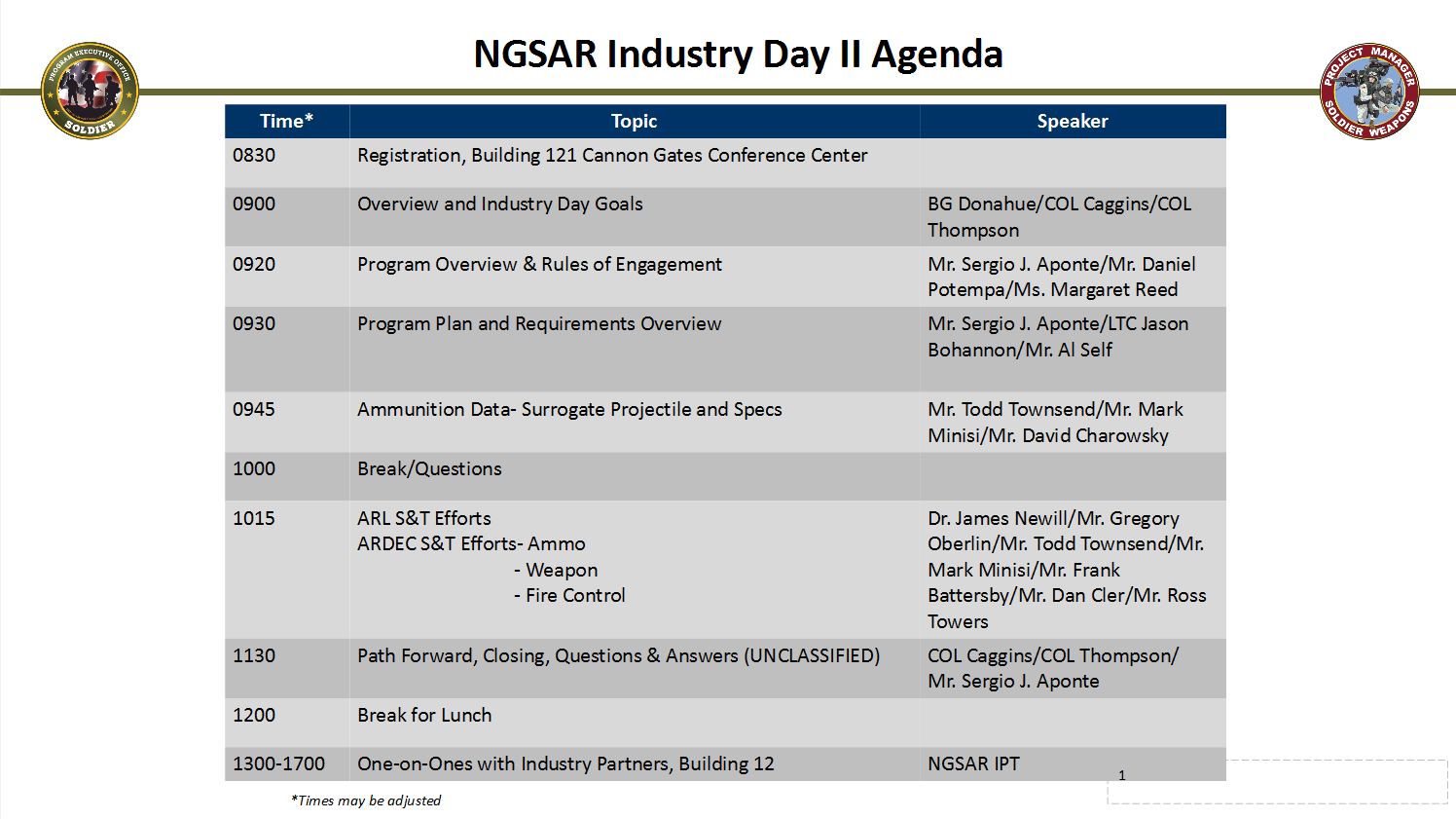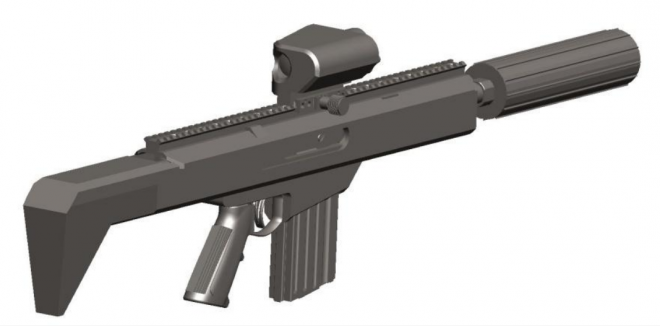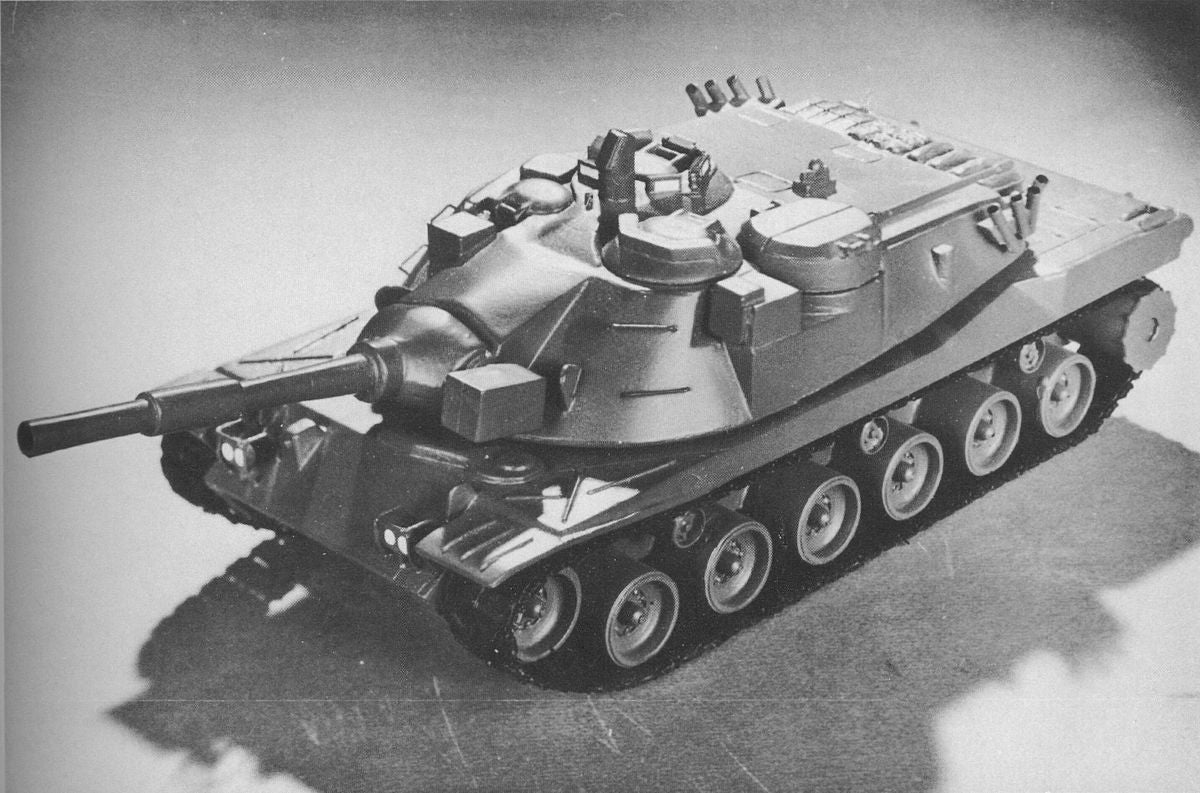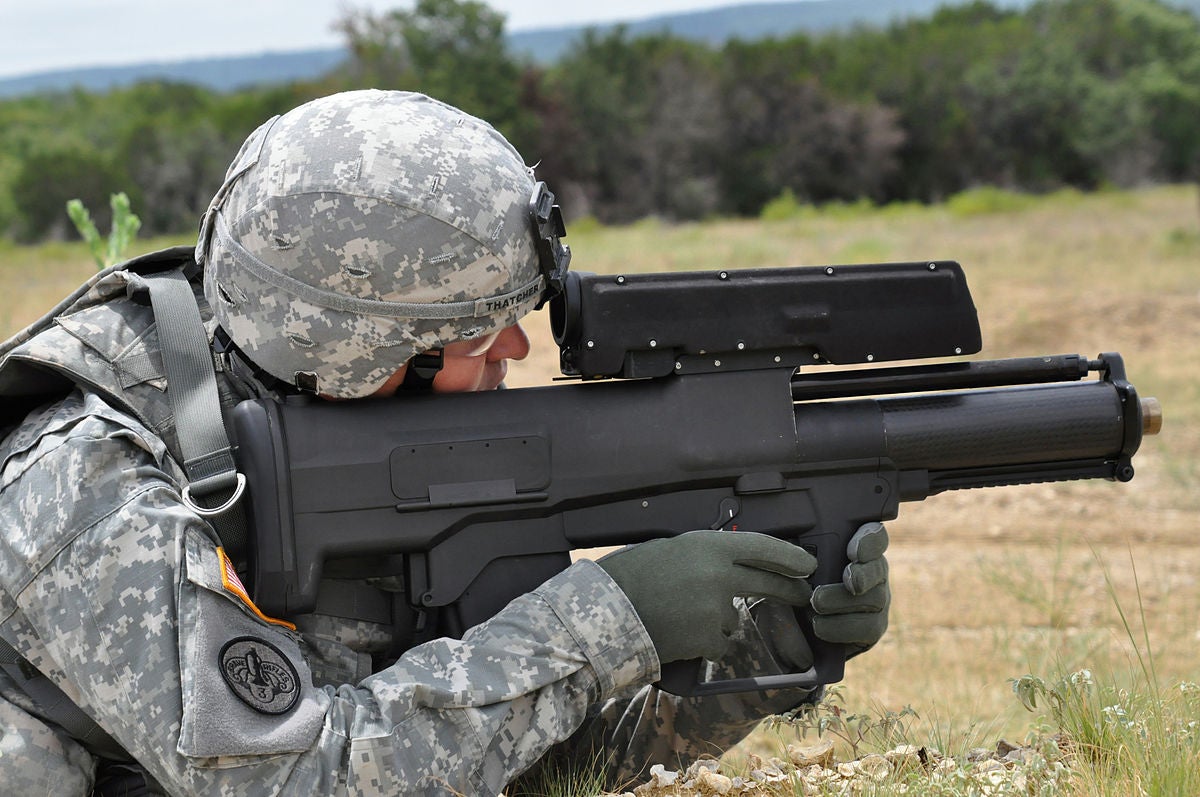Is the US Army pushing for a new high-powered 6.Xmm caliber with their new NGSAR program? Recently, the listing for the NGSAR industry day in December was updated with a document describing in part the agenda of the second conference. Scheduled for 9:45 in the morning in the document is a 15 minute long presentation on “Ammunition Data – Surrogate Projectile and Specs”, presented by Todd Townsend, David Charowsky, and Mark Minisi. Minisi’s name may not be well-known, but it will be familiar to astute students of recent wound ballistics literature: It was Minisi who developed the finite element analysis-based tissue damage model, which has been refined over the past decade at ARDEC through PM Maneuver Ammunition Systems (PM-MAS). Mr. Townsend is also likely representing PM-MAS, now under the leadership of Colonel Hector Gonzalez. 
Although I have never spoken with him directly and do not wish to put words in his mouth, Minisi’s name tends to come up in discussions with advocates of 6.5-6.8mm infantry calibers as someone whose research supports those calibers as the “ideal” choice for future infantry weapons. Assuming this is true, there are a number of dots to connect here. First, Minisi, who may favor the 6.5-6.8mm, is evidently presenting the “surrogate” ammunition specifications for NGSAR. Second, this presentation is very likely the work of people within PM-MAS. Third, PM-MAS incorporated mentions of 7.62mm “Lightweight Small Caliber ammunition” (LSC), as well as the Small Arms Ammunition Configuration (SAAC) study in their NDIA presentation for this year. Fourth, the not-yet public SAAC study reportedly recommended, depending on the various sources one can ask, a caliber between 6.35-6.8mm for future small arms ammunition. Fifth, rumors abound on the Internet of a new 6.8mm “ultra high velocity” armor piercing round developed through the ARL, which is designed to defeat current body armor to 1,200 meters (a tall order, as we’ve discussed before). Supposedly, this caliber was the brainchild of Dr. James Newill, mentioned as one of the presenters of the 10:15 talk on ARL and ARDEC efforts regarding ammunition, weapons, and fire control.
These dots, even connected, are not enough to firmly conclude that NGSAR will necessarily be a high velocity, high muzzle energy, intermediate caliber weapon. However, they are suggestive that it could be. It is of course possible that Minisi is not advocating such a round, the 6.8mm HVAP could be just a rumor, and the 7.62mm LSC could be a stillborn companion to the now dead ICSR program.
At the same time, it does seem likely that such a caliber is in the pipeline for NGSAR. CSA Milley’s promises of a “10x improvement” in small arms, the “1200m” suppression requirement, and other smells in the air seem to indicate a weapon designed for an extremely long effective range. Such a weapon would almost certainly be paired with a caliber of equal capability, which is likely to be some kind of high velocity intermediate.
If this proves true, well… Then the Army hasn’t learned a thing from ICSR. It seems concerns about ammunition weight, recoil, and other factors with 7.62mm weapons have simply bounced off, and instead the Army decided the problem with ICSR was that it simply wasn’t ambitious enough.
We all know how that has worked out in the past.
 Your Privacy Choices
Your Privacy Choices



